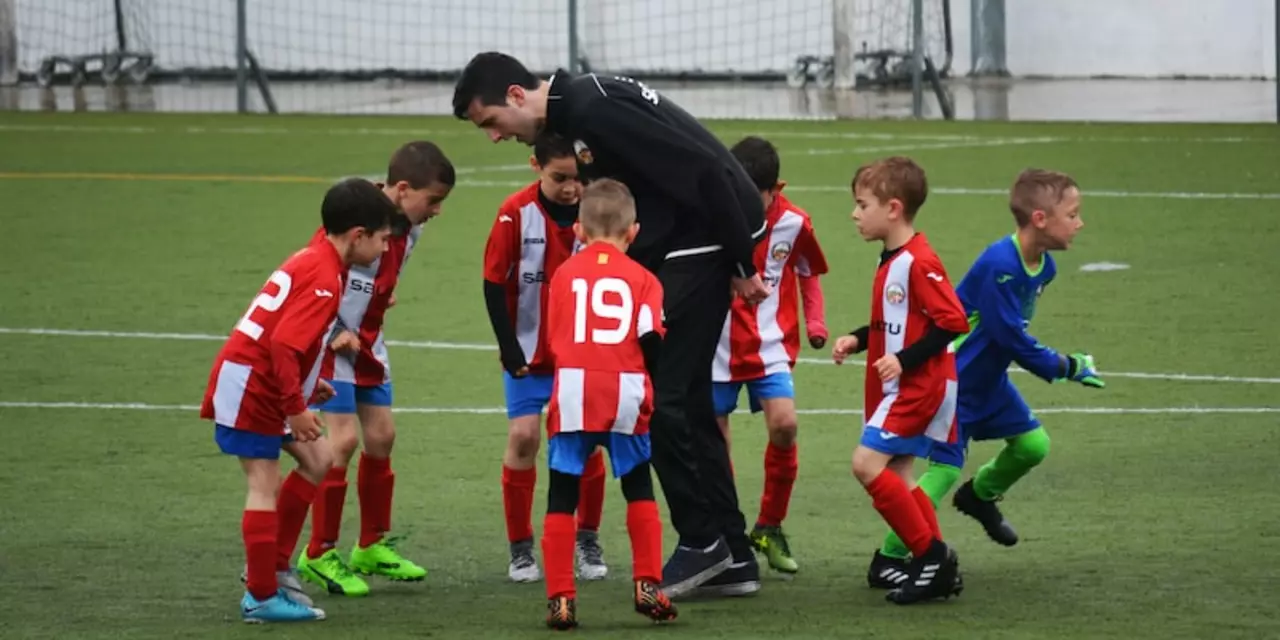Sports Education: Practical Tips to Boost Your Skills
Ever wonder why some schools produce world‑class athletes while others don’t? The secret is simple: a solid sports education program. It’s not about fancy equipment or elite coaches alone – it’s about consistent learning, real‑world practice, and a focus on fundamentals.
First off, think of sports education as a blend of classroom theory and on‑field action. In the classroom you learn anatomy, nutrition, and the rules of the game. On the field you apply that knowledge by running drills, playing scrimmages, and getting feedback. When both sides click, athletes improve faster and stay injury‑free.
Why Schools Matter in Sports Education
Schools are perfect training grounds because they reach kids at the right age. Kids in Japan and South Korea, for example, have mandatory physical‑education classes that teach basic technique, teamwork, and discipline. Those countries consistently rank high in international sports, showing that early, structured exposure works.
What makes school programs work? Three things: regular schedule, qualified teachers, and a culture that values sport. A weekly PE class creates habit, while teachers with coaching certifications ensure correct form. When the school community celebrates wins and effort, students feel motivated to keep improving.
Getting Started With Your Own Sports Education Plan
If you’re a parent, teacher, or athlete looking to build a solid foundation, start with these steps:
1. Set Clear Goals. Decide what skill you want to improve – speed, strength, technique, or game IQ. Write it down and break it into weekly targets.
2. Learn the Basics. Spend time on the fundamentals before chasing advanced moves. A solid squat, proper running posture, or basic passing technique will pay off later.
3. Use Structured Drills. Choose drills that focus on one skill at a time. For example, ladder drills for footwork, cone drills for change‑of‑direction, and video analysis for technique.
4. Track Progress. Keep a simple log of workouts, reps, and how you felt. Over time you’ll see patterns, know when to push harder, and avoid overtraining.
5. Get Feedback. Whether it’s a coach, teacher, or a knowledgeable friend, an outside eye catches mistakes you miss. Ask for one specific thing to improve each session.
Remember, sports education isn’t a one‑size‑fits‑all. If you’re into team sports, emphasize communication drills. If you’re a solo athlete, focus on self‑analysis and personal conditioning.
Finally, blend education with fun. When kids enjoy what they’re doing, they’re more likely to stick with it. Incorporate games, mini‑competitions, and occasional outings to keep the energy high.
Bottom line: a strong sports education program combines clear goals, basic skill work, regular feedback, and a supportive environment. Whether you’re in a school hallway or training on your own, these principles help you learn faster, stay healthy, and enjoy the game more.
Sports in schools are very popular in Japan and South Korea. Both countries have a long-standing tradition of athletics and physical education in their schools, which is highly valued by their cultures. In Japan, physical education is a required subject in all schools, and in South Korea, it is a mandatory part of the curriculum for elementary and middle school students. The two countries also have strong national sports teams, and the students often receive guidance from professional athletes. In both countries, sports in schools are seen as a way to promote athletic development, physical health, and teamwork, as well as to foster strong national pride and solidarity.
View Details

